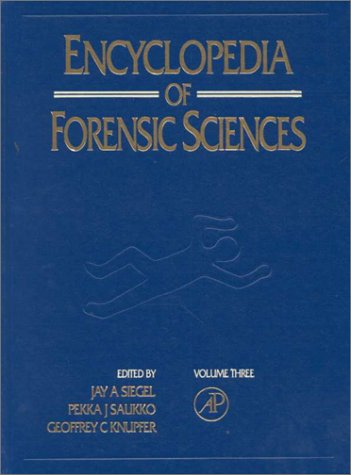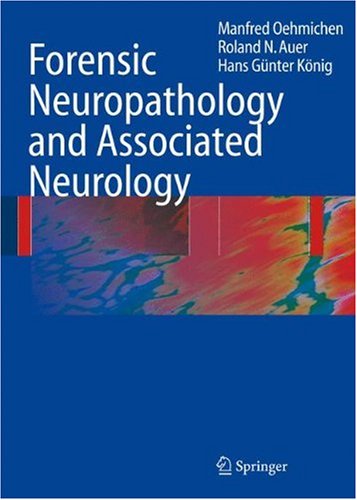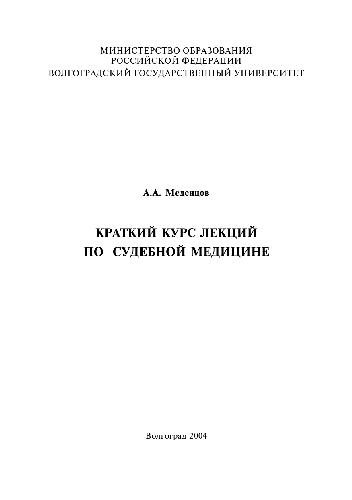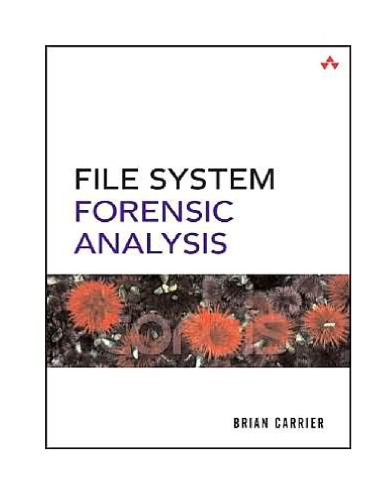Robert D. Morrison0849320585, 9780849320583
Table of contents :
Environmental Forensics: Principles and Applications……Page 2
Preface……Page 4
The Author……Page 5
Acknowledgments……Page 6
Contents……Page 7
1.2 Chronology and Use of Chlorinated Solvents……Page 14
1.2.1 Trichloroethylene (TCE)……Page 19
1.2.2 Tetrachloroethylene (PCE, or Perchloroethylene)……Page 21
1.2.3 1,1,1-Trichloroethane (1,1,1-TCA, or Methylchloroform)……Page 23
1.3.1 Terminology and Classification……Page 24
1.3.2 Chemical Structures and Properties……Page 25
1.3.3 Henry’s Law Constant (KH)……Page 27
1.3.4 Liquid Density……Page 28
1.3.5 Solubility……Page 29
1.3.6 Viscosity……Page 30
1.3.8 Boiling Point and Latent Heat of Vaporization……Page 31
1.3.9 Octanol/Water Partition Coefficient (KOW)……Page 32
1.3.12 Biodegradation……Page 33
1.3.12.2 Aerobic Degradation……Page 35
1.4 Transport of Chlorinated Solvents through Soil……Page 36
1.5 Impact of Cosolvency on Transport through Soil……Page 38
1.6 Transport of Vapors through Soil……Page 39
1.7 Transport through the Capillary Fringe……Page 41
1.8 Transport in Groundwater……Page 43
1.8.2 Porosity (nE)……Page 44
1.8.3 Permeability (k) and Hydraulic Conductivity (K)……Page 45
1.8.4 Retardation……Page 47
1.8.5 Dispersivity……Page 50
1.8.6 Free Phase Solvent Transport in Groundwater……Page 51
1.8.7 Transport in Fractures……Page 52
1.8.8 Transport in Fractured Porous Media……Page 54
References……Page 55
2.2 Chemistry of Crude Oil……Page 62
2.3 Chemistry of Refined Products……Page 64
2.3.1 Gasoline……Page 66
2.3.2 Diesel……Page 70
2.4 Chemical Reactions in theVadose Zone……Page 72
2.4.2 Liquid Density……Page 74
2.4.3 Solubility……Page 75
2.4.4 Viscosity……Page 76
2.4.7 Retardation……Page 79
2.4.8 Biodegradation……Page 80
2.5 Overview of Transport through the Unsaturated (Vadose) Zone……Page 82
2.5.2 Cosolvation and Colloidal Transport……Page 83
2.5.3 Residual Saturation……Page 84
2.5.4 Vapor Phase Transport……Page 85
2.6 Hydrocarbon Interactions at the Capillary Fringe……Page 87
2.6.1 Hydrocarbon Solubilization from the Capillary Fringe into Groundwater……Page 89
2.7.1 Rate of Transport……Page 90
2.7.2 MTBE Transport in Groundwater……Page 91
2.7.3 Length of a Petroleum Hydrocarbon Plume……Page 93
2.7.4 Transport in Fractures……Page 94
References……Page 95
3.1 Introduction……Page 102
3.2 Geologic Characterization……Page 103
3.2.1 Boring Log Terminology……Page 104
3.3 Interpretation of Geologic Information……Page 109
3.4.1 Soil Collection for Chemical Analysis……Page 112
3.4.2 Subsampling and Sample Transfer……Page 114
3.4.3 Soil Composting……Page 116
3.5 Groundwater Characterization……Page 117
3.5.1 Monitoring Well Location……Page 119
3.5.2 Installation of Groundwater Monitoring Wells……Page 121
3.5.3 Sampling Plan……Page 123
3.5.4 Groundwater Purging……Page 125
3.5.5 Groundwater Sampling……Page 126
3.5.6 Sampling Equipment and Sequence……Page 127
3.5.7 Equipment Decontamination……Page 130
3.5.8 Sample Containers……Page 133
3.5.9 Sample Filtration, Preservation, and Holding Times……Page 134
3.5.10 Field Measurements……Page 139
3.6 Soil Vapors Survey……Page 142
3.6.1 Interpretation of Soil Vapor Data……Page 147
3.7 Analytical Methods……Page 150
3.7.1 Misidentification of Analytes……Page 153
3.7.2.1 Chain of Custody……Page 154
3.7.2.6 Field Logs……Page 157
3.7.2.7 Sample Receipt Checklist and/or Log……Page 158
3.7.2.10 Instrument Run Log……Page 159
3.7.3 Labratory Quality Control Samples……Page 160
References……Page 162
4.1 Introduction……Page 170
4.2 Aerial Photography……Page 171
4.3 Underground Storage Tank Corrosion Models……Page 174
4.4 Inventory Reconciliation……Page 178
4.5 Commercial Availability of a Chemical……Page 179
4.6 Chemicals and Formulations Unique to a Manufacturing Process or Activity……Page 181
4.6.1 Polychlorinated Biphenyls……Page 185
4.7 Petroleum Refinery Throughput Analysis……Page 188
4.8 Chemical Identification of Petroleum Hydrocarbons……Page 189
4.8.1 Analytical Strategy……Page 192
4.8.2 Proprietary Additives: Petroleum Hydrocarbons……Page 194
4.8.3 Anti-Knock Additives (Alkyl Leads)……Page 199
4.8.4 Lead Scavengers……Page 202
4.8.5 Oxygenates……Page 203
4.8.7 Petroleum Dyes……Page 208
4.9 Radioactive Isotope Dating……Page 210
4.9.1 Dating Groundwater with Isotopes……Page 211
4.9.3 Lead Isotope Analysis……Page 213
4.9.4 Lead Isotope Analysis for Gasoline Fingerprinting……Page 214
4.9.5 Isotope Analysis of Crude Oil and BTEX……Page 216
4.9.6 Isotope Analysis of Gas Samples……Page 218
4.9.7 Isotopic Analysis of Chlorinated Solvents……Page 220
4.10.1 Weathering and Biomarkers……Page 222
4.10.2 Biodegradation Models……Page 226
4.10.3 Pristine/Phytane Ratios……Page 228
4.10.4 BTEX Ratios……Page 229
4.10.5 Challenges to BTEX Ratio Methods……Page 232
4.11 Chemical Degradation Models: Chlorinated Solvents……Page 237
4.12 Rapid Optical Screening Tool Testing……Page 241
References……Page 243
5.2 Liquid Transport through Pavement……Page 257
5.3 Vapor Transport……Page 262
5.4 Containment Transport in Soil……Page 264
5.4.2 Colloidal Transport……Page 266
5.4.3 Preferential Pathways……Page 267
5.5 Containment Transport in Groundwater……Page 270
5.5.1 Types of Groundwater Models……Page 272
5.5.2 Selection of Boundary Conditions, Grids, and Mass Loading Rates……Page 275
5.5.3 Software Applicability……Page 276
5.6.1 Confirmation Models……Page 277
5.6.3 Hydrogeologic Variables……Page 278
5.6.4 Contaminate Properties……Page 280
5.6.5 Challenges to Reverse Models……Page 281
5.6.6 Challenges to Phase-Separate Reverse Models……Page 286
References……Page 287
6.2 Exaggerated Vertical and Horizontal Scales……Page 296
6.3 Selective Data Presentation……Page 297
6.4 Data Contouring……Page 305
6.4.2 Computer Contouring……Page 307
6.4.2.2 Kriging……Page 309
6.4.2.5 Polynomial Regression……Page 310
6.4.3 Color-Coded Data……Page 311
References……Page 313
A.1 Introduction……Page 319
A.2 Sample Calculation……Page 320
References……Page 323
B.2 Sample Calculation……Page 324
References……Page 325
Appendix C. Properties of Alcohol Oxygenates and Ether Oxygenates……Page 326
D.2 Derivation……Page 329
D.3 Conclusions……Page 331
References……Page 332
Appendix E. Chemical and Commercial Synonyms for Selected Chlorinated Solvents and Aromatic Hydrocarbons……Page 333
References……Page 336
Appendix F. Laboratory Terms and Definitions……Page 337







Reviews
There are no reviews yet.